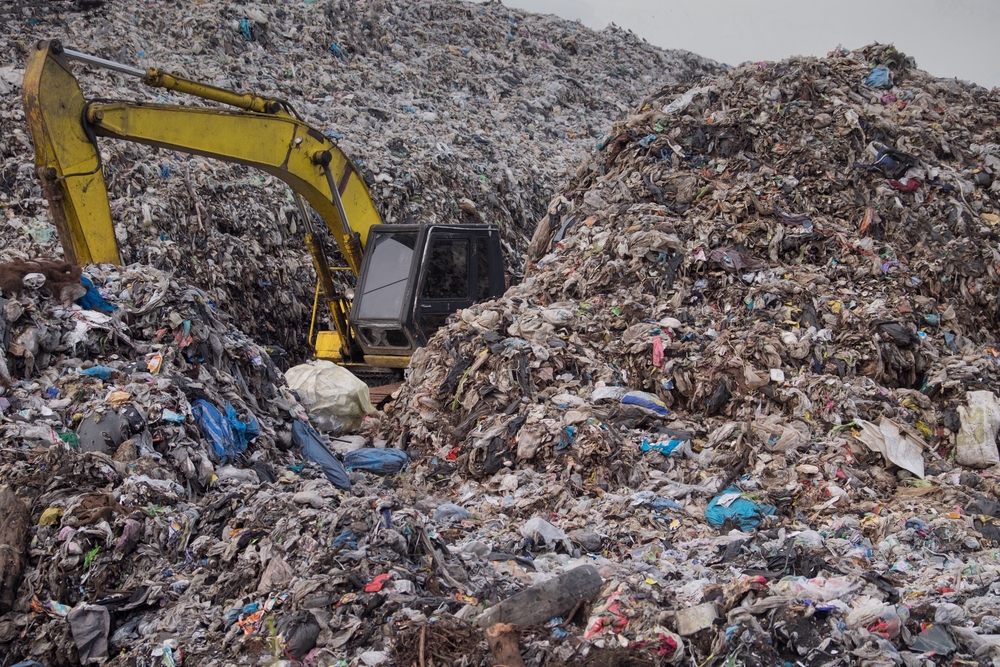The EPA recently announced its Draft National Strategy to Prevent Plastic Pollution, which builds upon the Agency’s National Recycling Strategy and focuses on actions to reduce, reuse, collect, and capture plastic waste.
With input from stakeholders, the Agency identified three key objectives for the strategy:
- Reduce pollution during plastic production. Reduce the production and consumption of single-use, unrecyclable, or frequently littered plastic products to minimize pollution across the life cycle of plastic products.
- Improve post-use materials management. This begins with a study of the effectiveness of existing public policies and incentives for the reuse, collection, recycling, and conservation of materials. Other actions include:
- Developing or expanding capacity to maximize the reuse of materials;
- Facilitating more effective composting and degradation of certified compostable products;
- Increasing solid waste collection and ensuring solid waste management doesn’t adversely impact communities, including those overburdened by pollution;
- Increasing public understanding of the impact of plastic mismanagement and how to appropriately manage plastic products and other waste; and
- Encouraging environmentally sound management of scrap and recyclables traded with other countries.
- Prevent trash and micro/nanoplastics from entering waterways, and remove escaped trash from the environment. This involves identifying and implementing policies, programs, technical assistance, and compliance assurance actions that effectively prevent trash/microplastics from getting into waterways or remove such waste from waterways once it’s there. Other actions include:
- Improving water management to increase trash capture in waterways and stormwater/wastewater systems;
- Increasing and improving measurement of trash loadings into waterways to inform management interventions;
- Increasing public awareness of the impacts of plastic products and other types of trash in waterways; and
- Increasing and coordinating research on micro/nanoplastics in waterways and oceans.
Next steps
The Agency is holding a 45-day comment period on the draft until June 16, 2023. It specifically seeks feedback on the following questions:
- Which actions are the most important and would have the greatest positive impact at the local, regional, national, and global levels?
- What are the most important roles and/or actions for federal agencies to lead?
- Is your organization willing to lead an action or collaborate with others to implement the actions?
- What are potential unintended consequences of the proposed actions that could impact communities considered overburdened or vulnerable, such as shifts in production or management methods?
- What key metrics and indicators should the EPA use to measure progress in reducing plastic and other waste in waterways and oceans?
- What criteria should processes other than mechanical recycling meet to be considered “recycling activities” (e.g., “plastics-to-plastics outputs are ‘recycling’ if the output is a product that could again be recycled into another product or to extent that it can achieve viable feedstock for new plastic materials”)? How should health and environmental impacts be considered in these criteria?
- Are there other actions that should be included in the strategy?
- Do you have any additional information or recommendations for the EPA regarding these or other proposed actions in the draft strategy?
Comments and feedback on this draft strategy can be made on the Federal eRulemaking Portal under Docket #EPA-HQ-OLEM-2023-0228.

